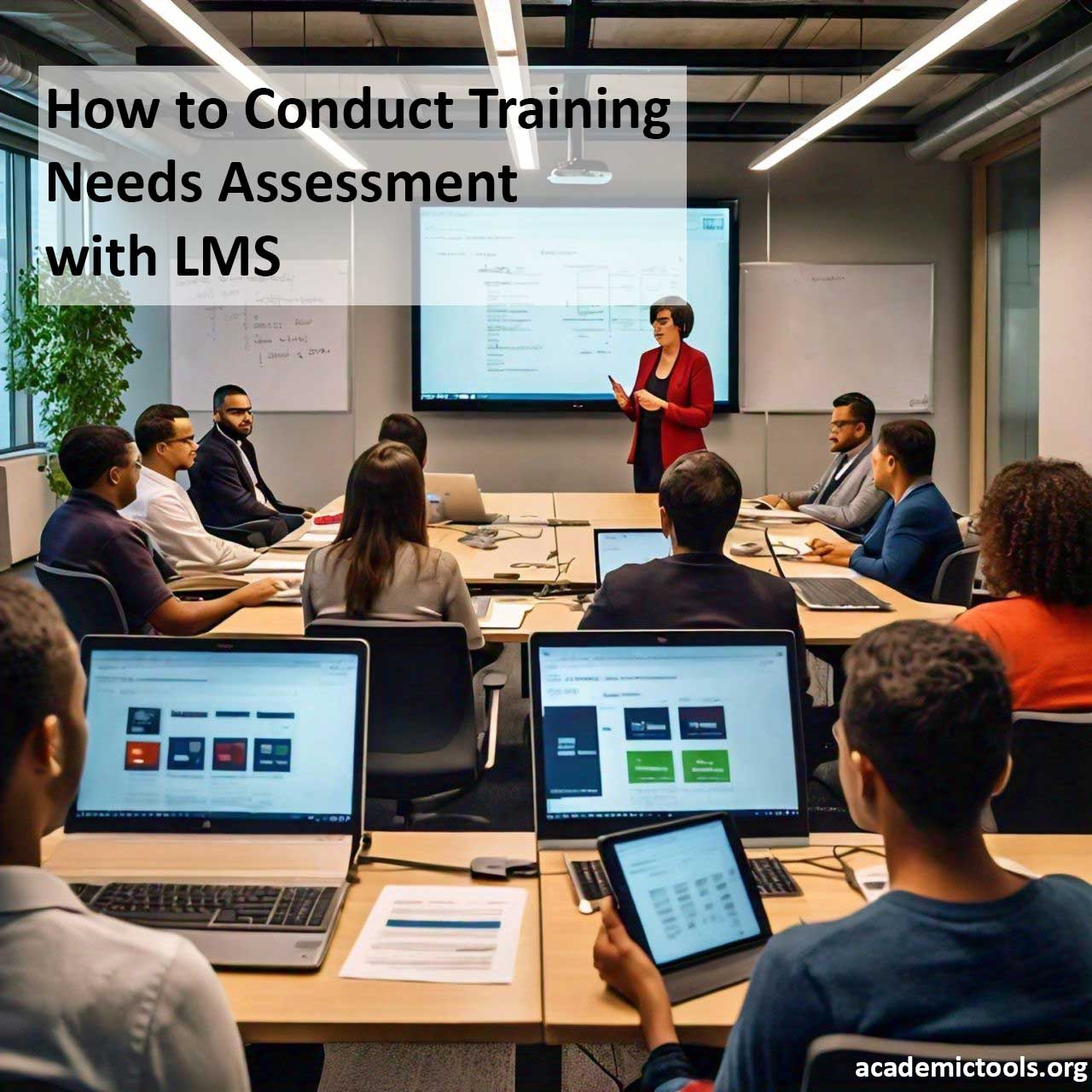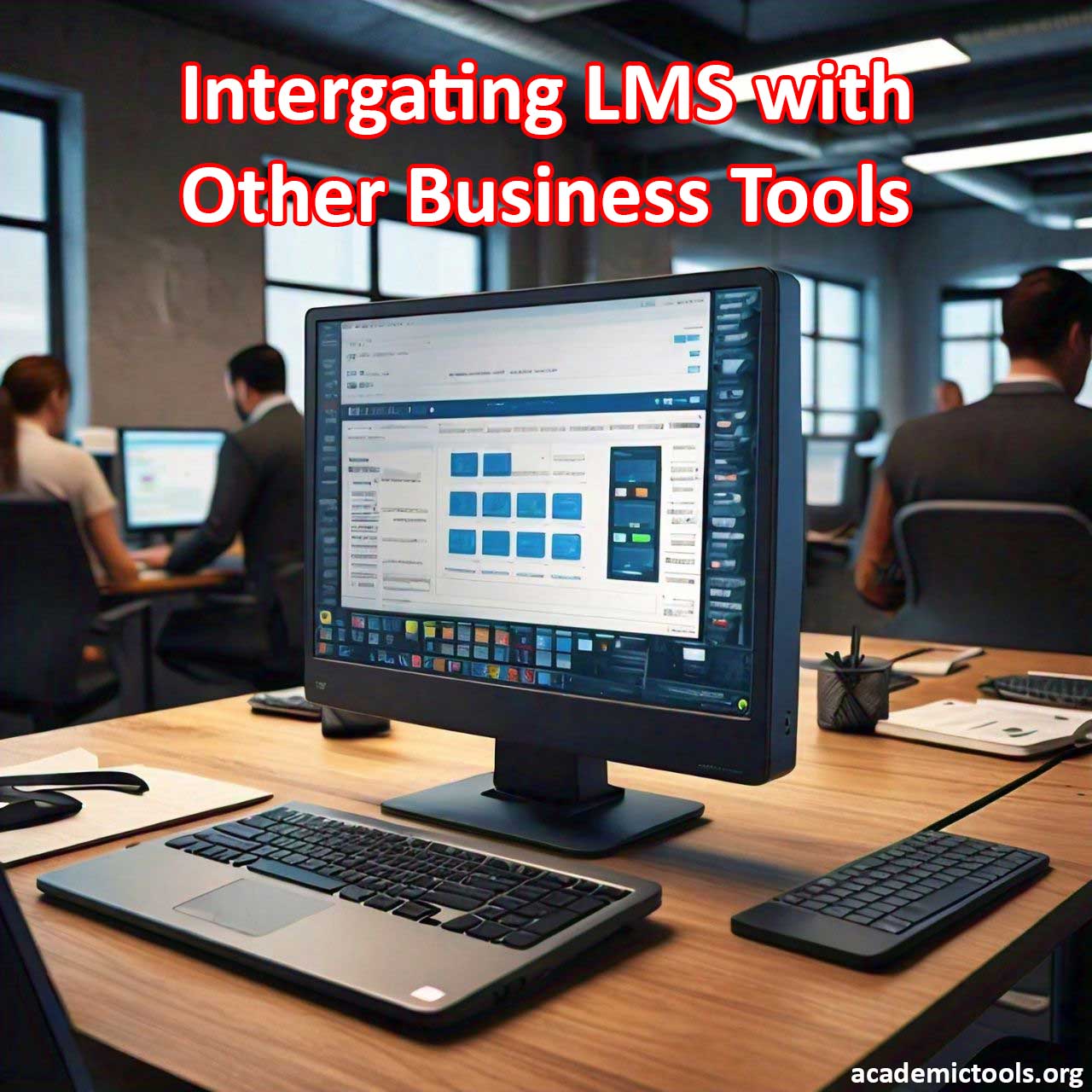In today’s fast-paced work environment, staying ahead of the curve requires a commitment to continuous learning and development. But before you can create effective training programs, you need to understand what your organization really needs. That’s where a training needs assessment with LMS comes in – a crucial step in identifying knowledge gaps and developing targeted training solutions. By harnessing the power of a Learning Management System, you can streamline this process, making it more efficient, data-driven, and ultimately, more impactful.
Table of Contents
What is a Training Needs Assessment?
A Training Needs Assessment is a systematic process of identifying the gaps in employees’ skills, knowledge, and abilities within an organization. The goal is to determine what training is necessary to bridge these gaps, thereby enhancing performance and productivity. Conducting a TNA ensures that training efforts are targeted and aligned with organizational objectives.
Benefits of Using an LMS for TNA
1. Data Collection and Analysis: An LMS can collect vast amounts of data on employee performance, engagement, and learning progress, providing valuable insights for TNA.
2. Efficiency: Automating the assessment process with an LMS saves time and resources compared to manual methods.
3. Customization: LMS platforms allow for tailored assessments that can address specific skills or knowledge areas.
4. Tracking and Reporting: LMS systems offer robust tracking and reporting features that facilitate the monitoring of assessment results over time.
Steps to Conduct a Training Needs Assessment with LMS
1. Define Objectives and Scope:
– Determine the specific goals of the TNA. What skills or knowledge areas are you assessing?
– Decide on the scope of the assessment. Will it cover the entire organization, specific departments, or individual roles?
2. Collect Data:
– Surveys and Questionnaires: To conduct a thorough training needs assessment with LMS, utilize the Learning Management System to create and distribute surveys or questionnaires to employees, gathering invaluable self-assessment data on current skills, knowledge gaps, and training preferences.
– Performance Data: Analyze existing performance data within the LMS. Look at metrics such as course completion rates, quiz scores, and engagement levels to identify areas where employees are struggling.
– Feedback and Evaluations: Collect feedback from managers and peer evaluations to gain additional perspectives on training needs.
3. Analyze Data:
– Use the LMS’s analytical tools to process and interpret the collected data. Identify common themes and trends that indicate training needs.
– Look for specific skill gaps that are affecting performance or productivity.
4. Identify Training Needs:
– Following a thorough training needs assessment with LMS, analyze the data to identify precise areas where training is necessary, and then categorize these needs by urgency, importance, and the number of employees affected, ensuring a targeted and effective training strategy.
– Align the identified training needs with organizational goals and strategic objectives.
5. Develop Training Plans:
– Create targeted training programs that address the identified needs. Use the LMS to design courses, modules, and learning paths tailored to different skill levels and roles.
– Incorporate various learning methods, such as e-learning modules, webinars, and hands-on workshops, to cater to different learning preferences.
6. Implement and Monitor:
– Deploy the training programs through the LMS. Ensure that all employees have access to the necessary resources and support.
– To ensure the ongoing success of your training initiatives, leverage the tracking and reporting capabilities of your Learning Management System to continuously monitor the progress and effectiveness of training programs, making data-driven adjustments as needed to optimize impact, following a thorough training needs assessment with LMS.
Best Practices for Conducting TNA with LMS
1. Engage Stakeholders: To guarantee a thorough and effective training needs assessment with LMS, engage key stakeholders – including management, HR, and employees – throughout the process, ensuring that the assessment is comprehensive, aligned with organizational objectives, and informed by diverse perspectives.
2. Use Multiple Data Sources: Combine qualitative and quantitative data from various sources to get a holistic view of training needs.
3. Keep it Continuous: Treat TNA as an ongoing process rather than a one-time event. Regularly reassess training needs to keep up with changes in the organization and industry.
4. Leverage Technology: Make full use of the LMS’s features, such as automation, analytics, and customizable assessments, to streamline the TNA process.
5. Communicate Results: Share the findings of the TNA with relevant stakeholders and use the insights to drive strategic decisions related to training and development.
Conclusion
Conducting a training needs assessment with LMS is a powerful way to bridge skill gaps and boost employee performance. By leveraging your LMS, you can streamline data collection and analysis, develop targeted training programs, and track their effectiveness. To maximize impact, adopt a strategic approach that’s grounded in data-driven insights and aligned with your organization’s objectives. Check out this expert advice from ATD for more on creating a comprehensive training strategy.



